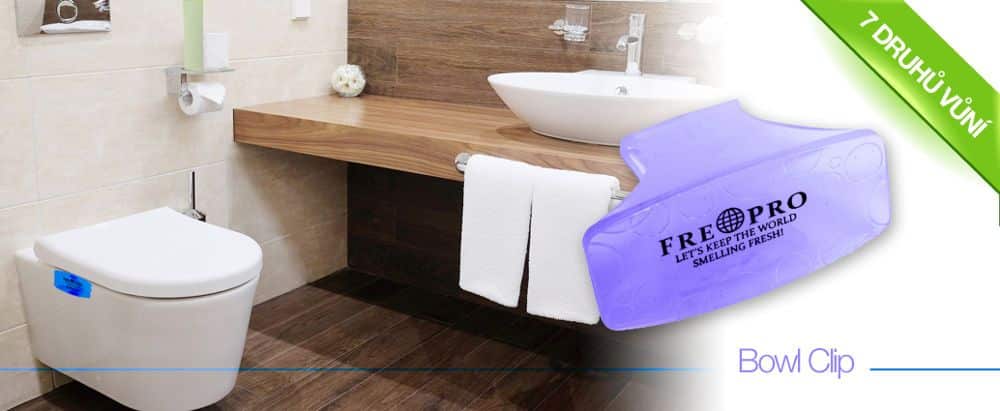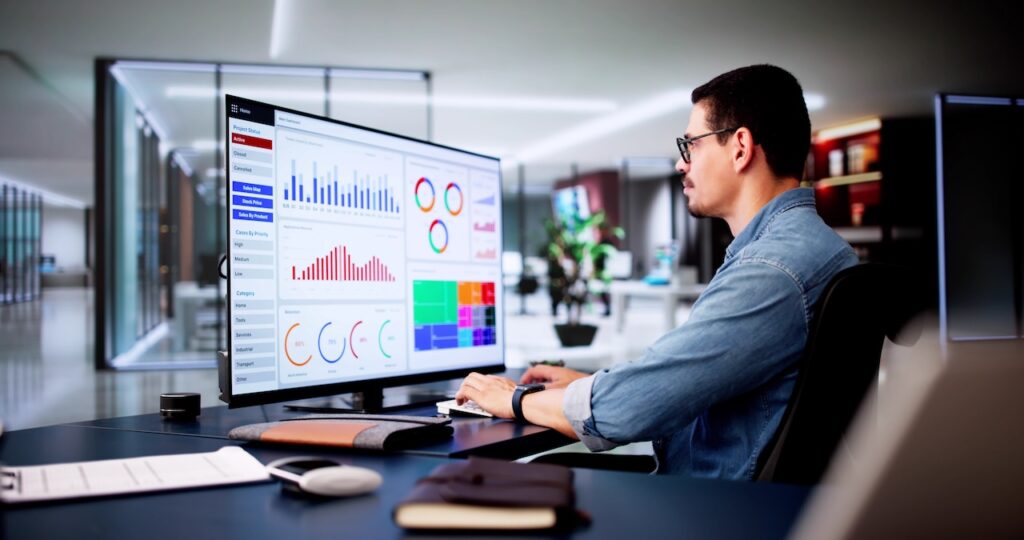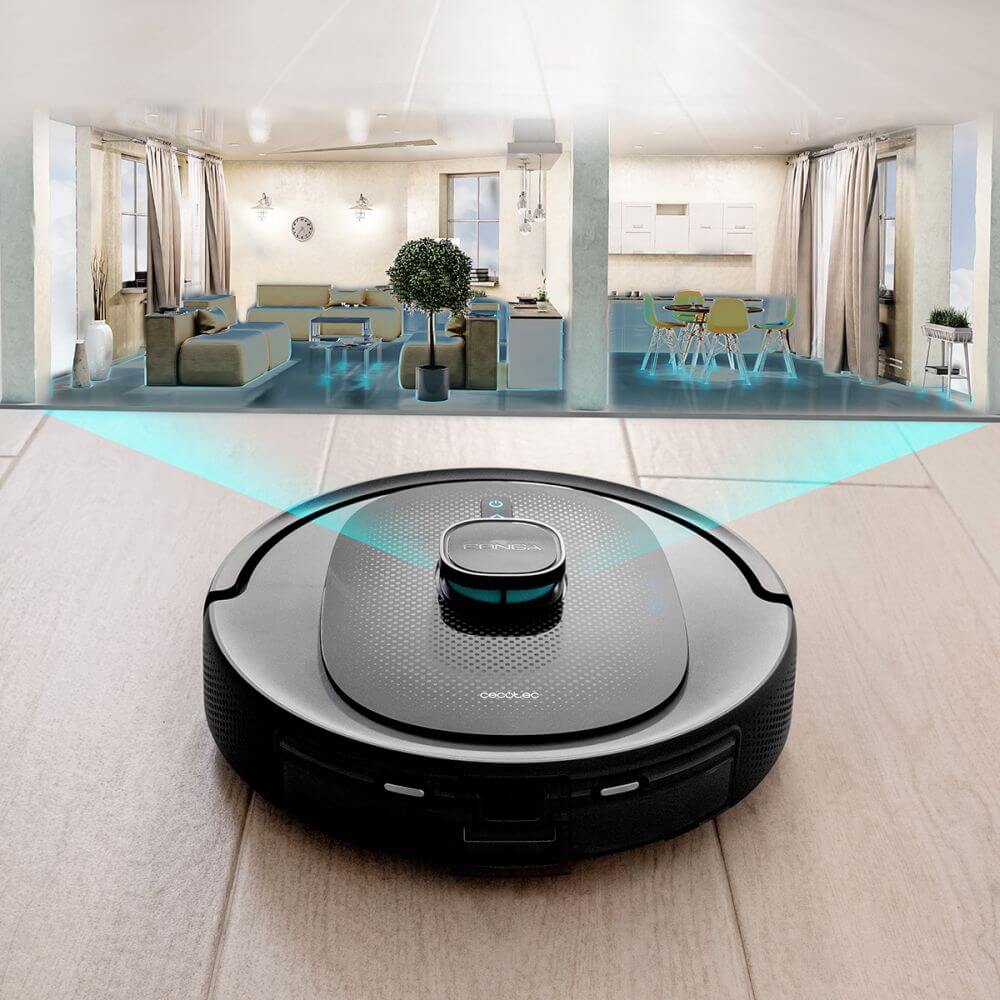Computers – Hardware 3.
Computers – Hardware 3.
The main memory (2) – also called the internal memory – holds the instructions and data which are currently being processed by the CPU. All the programs and data must be loaded into it in order to be processed.
Thus, when the user runs an application, the microprocessor looks for it on secondary storage devices (disks) and transfers a copy of the application into the RAM area. RAM (random access memory) is temporary, it means that when the computer is turned off its information is lost. However, the ROM (read only memory) is permanent and contains instructions needed by the processor.
The peripherals (3) are the physical units attached to the computer. They include: (a) storage devices – such as floppy, hard or optical disks – provide a permanent storage for both data
and programs, (b) input devices – such as the mouse or the keyboard – enable data to go into the computer’s memory, (c) output devices – such as monitor or printer – enable us to see the results of an operation in a written
or printed form. Among peripherals also belong modems (for connecting to a phone line),
fax machines, scanners and other devices.





